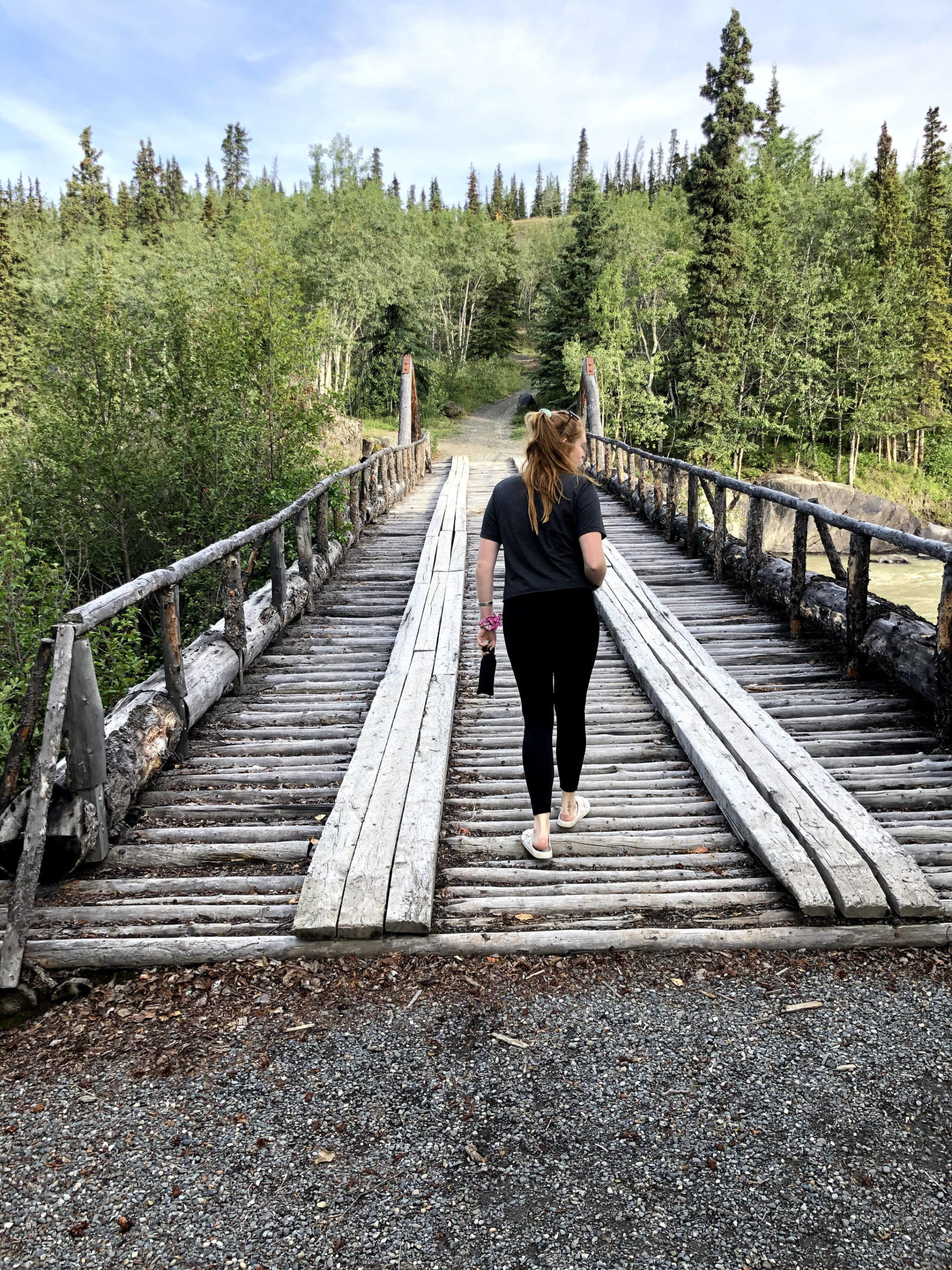Five days and nearly 2,500 miles: That’s how long I traveled to get to Alaska.
I grew up in rural Idaho, 5,000 feet up in the mountains. McCall, my hometown, has more ski hills than stoplights and water so clear you can see your toes. The natural beauty of my hometown is frankly astonishing, but even as a kid I was eager to see what was beyond the Rocky Mountains.
When I was 18, I headed nine hours west and started college in the Willamette Valley of Oregon, only about 35 miles south of Portland. The springtime rain would produce the brightest hues of green vegetation I had ever seen and the 100-year-old oak trees seemed to wrap my tiny campus in a protective embrace — sturdily but gently towering over all of us on the sidewalks.
A few years later, I hopped on a plane to South America’s Andes Mountains for my junior year of college. I lived in Chile, which is one of the most biologically and topographically diverse places on the planet.
I had the pleasures of perusing the sand dunes of the world’s driest desert in the north and climbing the subarid mountains of the Patagonia region in the far south, as well as everything I could in between.
But last year I found myself thrown off balance in the middle of a global pandemic, like many others. The accumulation of late nights finishing assignments for my journalism classes and preparation for all-things commencement crumbled at my feet, leaving me with no closure to my college experience — dazed, scared of the future, and sad of what society as a whole had lost.
I decided — with no job, friends or family in the state — to move to Alaska.
I had never been much further north than Seattle by the time we (my two friends, Emma and Grace, and I) crossed the Canadian border at the Lynden/Aldergrove station.
We drove for miles on the Alaska Highway through colossal tree-covered mountains and over rivers with water so turquoise I thought my eyes were playing tricks on me. Some days clouds softly blanketed the ridgeline and others they were nonexistent, revealing pale blue skies as far as we could see.
I washed my face in a river of what I can only assume was glacial runoff, saw a total of 18 bears and ate my first bison burger.
Each milepost along the Alaska Highway has its own story. It’s almost as if, for the select few people in the world who have actually made the drive, we’re the authors.
There are small, quaint motels four hours from the nearest cell tower, and single-pump gas stations from the 1950s and 1960s. Traffic jams are extremely uncommon, but waiting for herds of bison and caribou to make their way across the highway is almost a guarantee.
I remember some small moments of panic: “Am I really doing this?”
I’ve always depended on my family and big friend groups to keep me grounded, but I was already a three days’ drive away from them in a forest in the Yukon. I’d wonder if my somewhat spontaneous decision to start a new life in Alaska, never having so much as looked up a map of the state beforehand, was an overreaction to the pandemic fatigue and grief I had experienced: “Seriously, am I really doing this?”
But driving the Alaska Highway was unlike anything I had ever done previously. The clouds, skies, mountains and rivers actually sort of gave me solace. I remember feeling like I had seen the exact British Columbian mountain ranges before, near Burgdorf, Idaho, only 30 minutes from where I grew up. I realize now the Alaska Highway was telling me to trust the journey.
So I did.
We had our fair share of mishaps on the trip — including border searches, blown tires, ripped off fenders and last-minute schedule changes — but it was all part of the story. The story that led me to this small town on this small peninsula in Alaska.

